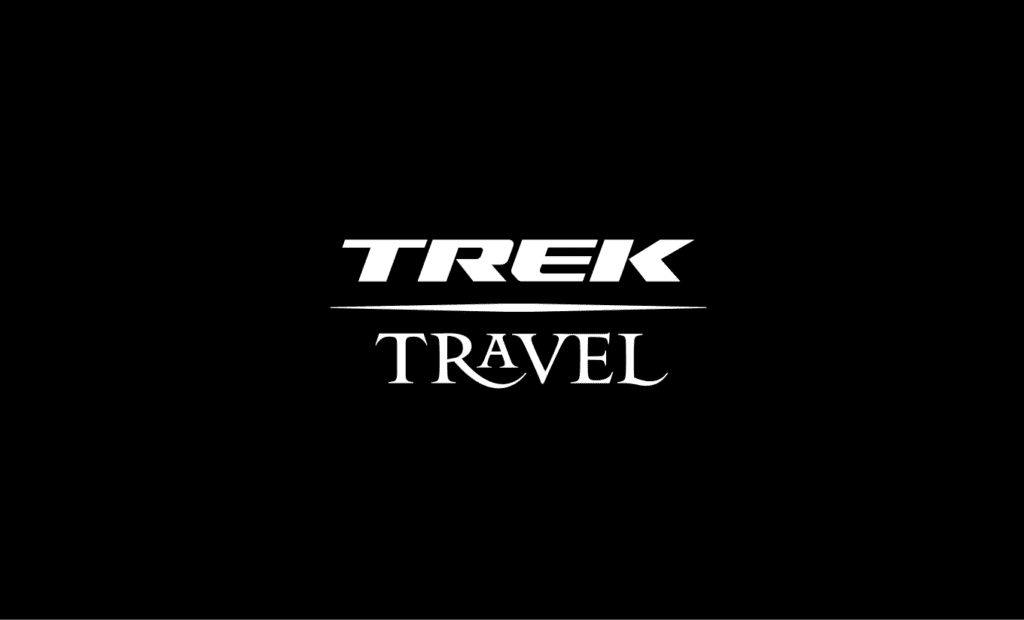
What is it about natural disasters that bring out the best in people?
When central Alabama was hit in 2011 by a series of tornadoes, “the best in people” was about the furthest thing from anyone’s mind. These towns, from tiny Cordova, which looked like a set from The Walking Dead when the tornadoes ripped through like a zombie attack, to Tuscaloosa, home of the University of Alabama and site of the most casualties, faced one of the lowest moments in their histories.
But sometimes, it’s disasters like this that cause true rebirth.
Bo Jackson is Alabama’s Jens Voigt. Many Alabamans don’t know Jens, of course. But if you describe Jensie’s toughness, grit and happy-go-lucky attitude, they’d think you’re talking about Bo Jackson. He is known as the most famous two-sport athlete in the world, and the most famous export of Alabama, an All-Star in both baseball and football, and winner of the Heisman Trophy at Auburn. He never quits. And that’s why he’s here. Because when Bo heard that this area, including his hometown of Bessemer, was severely damaged, his first reaction was to call his friends at Trek Bikes and reach for a bike.
John Burke, CEO of Trek, says it best. “Bo is one of the greatest sports legends of the last 100 years, and an even better person. What could I say when he called? This is an incredible opportunity to do good for a lot of people. The next thing I know, we’re driving 18 hours down to Alabama to join him and help out the victims of the tornadoes.”

Cycling has a way of making your senses come alive. Discovering the world on a bike is exciting. It’s visceral. You get closer to the road, the people and the curves of the earth than you can in a car, bus or a thousand on-line virtual tours. You smell the smells. Feel the air. Drink in the history.
Normally, bicycle tours are reserved for the fragrant olive groves of Tuscany and the epic views of the Alps. But it works just as well when you’re trying to get a sense of the rubble of a place that’s been battered. It’s the same ride. The same discovery. And in both cases, you learn to love the people you ride with and the destinations you visit.
Bo wanted to do something big for his home. He wanted to raise $1,000,000 in disaster relief. And he wanted to do it in a way that would draw out the communities together, as one people, getting to know the countryside together and rediscovering what makes Alabama great. There’s no better way to do that then on a bicycle.
Trek Travel saw his vision and got behind the mission. They sent Rebecca Falls, trip designer and tour expert, down to help. That was the beginning of Bo Bikes Bama, a five-day journey across central Alabama on bicycle. It was also the beginning of Bo Jackson’s third athletic career.


Bo is telling his own legs to “Shut up.” If you ask him, he “doesn’t know why” he chose a cycling tour as his fundraising method, but if you ride along with him, you learn quickly. And mostly? It’s because he’s not good at it.
He lumbers up the hills. ESPN’s Greatest Athlete of All Time is no match for the slow rollers of the Deep South. But he’s there. Chugging along. The big, hulking NFL engine that could. Like in all of cycling, there’s a romance in his struggle. He’s there not as the famous pro with all his pro friends making an appearance for charity like it was some golf tournament. In Bo Bikes Bama, he’s a man of the people. Struggling right along side friends, neighbors and countrymen. Riding through their hometowns on bikes with the victims’ names etched on his top tube, and taking the same rests at the summit of every climb.
He’s no pro cyclist. But in a state known more for its love of the SEC than the TDF, he’s Alabama’s hero on two wheels.


This is what Trek Travel is all about. You wouldn’t count Cordova, Alabama among the likes of Andalucia, Spain, or the Dalmatian Coast of Croatia. But Trek Travel is here, riding bikes, exploring the undiscovered reaches of a place that wasn’t built for bikes. Rebecca Falls should know. She’s from Tuscaloosa, and she’s completely impressed at what bikes have done for her home.
“How cool is it to get road bikes into communities that don’t traditionally connect with bicycling?” She asks. “As one of the most well-known and well-loved Alabamians, Bo Jackson is an incredible advocate for cycling in our home state.”
Bo Jackson understands this, almost implicitly. It might be why he chose cycling unconsciously. He knew that bikes are the great equalizer. They bring people together, and closer to the world around them. They’ve made him an athlete once again. And they’re going to change this place.
Sometimes, discovering the world on a bike isn’t all wine-tasting and epic selfies. Sometimes, it takes a natural disaster to show you a side of a place that you never saw before.


REGISTER TODAY FOR THE 5TH ANNUAL BO BIKES BAMA»
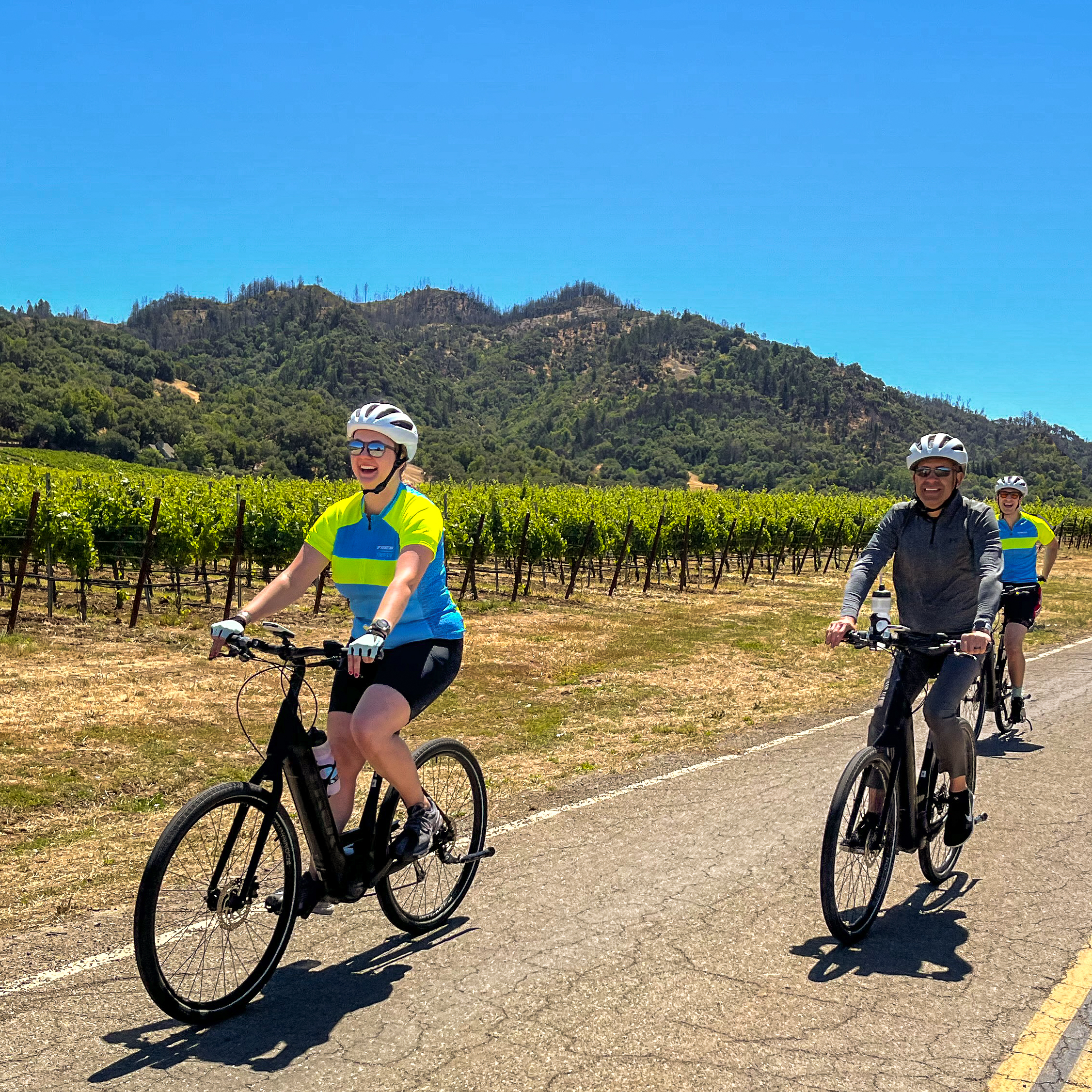
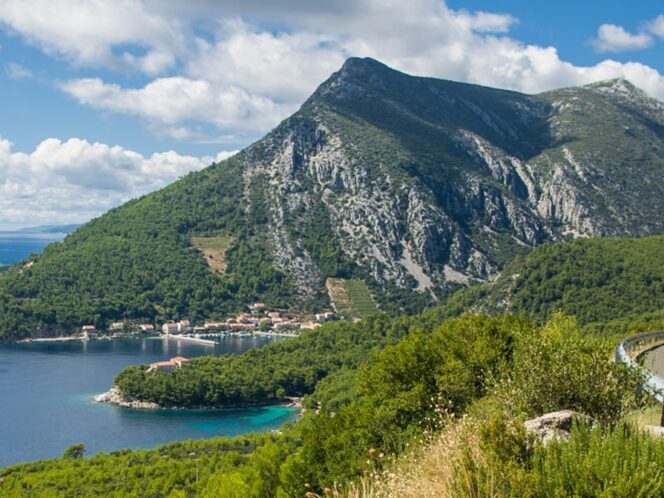
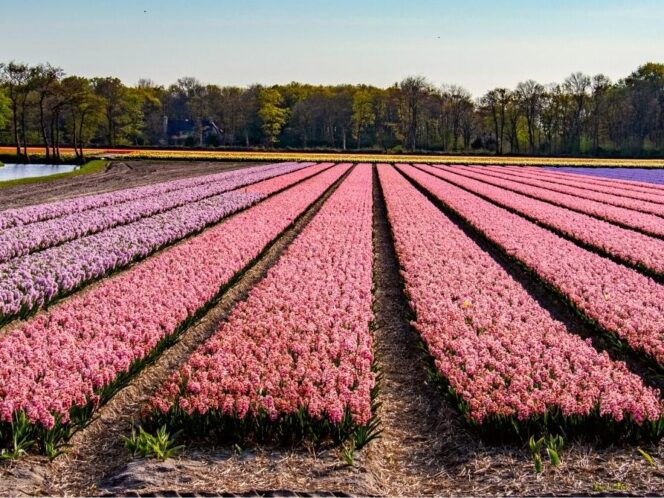
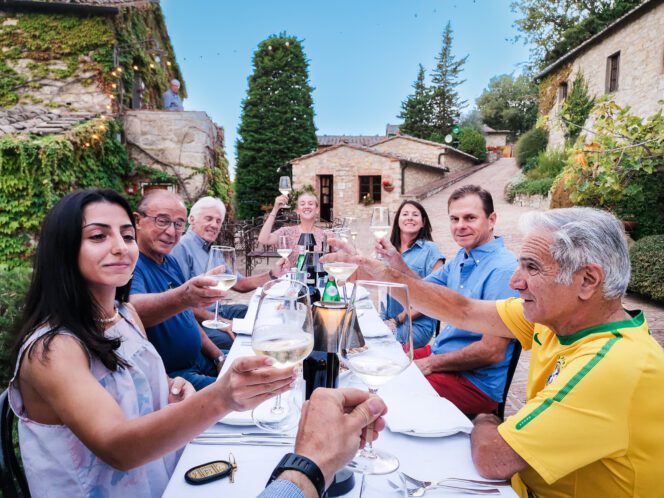











![RN4-S13-S1-365[1]](https://s45708.pcdn.co/wp-content/uploads/2015/04/RN4-S13-S1-3651.jpeg)









